They’re kind of like snowflakes because no two of them are ever the same, according to researchers who have intensively studied sexual health. They’re generally oval-shaped, just like eggs, measuring just one cubic centimeter at birth. They begin to grow when boys turn approximately eight years old. Then, they don’t reach full maturity until puberty.
Yes, I am talking about the male’s most precious part, the testicle! Men are carrying this sack between their thighs and silently adore it as a symbol of their pride that none can deny. Men are naturally concerned about private organ size, and the testicle is no exception. Many people wonder if testicle size matters! So here’s some basic info about that burning question.
Does testicle size really matter? Yes, it does. Larger testicles indicate you are a great sperm producer and probably with high libido due to increased testosterone production. At the same time, large balls owners are more likely to be polygamous. On the other hand, men who have small testicles are usually soft-minded and very caring fathers!
Read also: Get The Best Underwear For Testicular Support – Make Snugly Moves
Average Size of Testicle
You could have a tennis ball size scrotum or even one that’s only table tennis ball size. Either one is not considered unusual. However, most scrotums are somewhere in the middle of those two size ranges.
Some folks call them balls, nuts, gonads, huevos, family jewels, etc., while some are very formal to call them testicles. Whatever you choose to call, they’re the most vital male organs. In fact, your balls make you a man.
The majority of men have two of them, and they live safely inside the scrotum, which is a skin sack that’s double-chambered and hangs just beneath the penis base. They produce sperm as well as the male sex hormone testosterone.
Now, although the world is full of jokes about whether size matters (I’m sure you’ve heard some of them), they’re actually referring to penis size, not testicle size. Measuring human testicles can be a bit complex since they’re oval-shaped rather than being perfectly round.
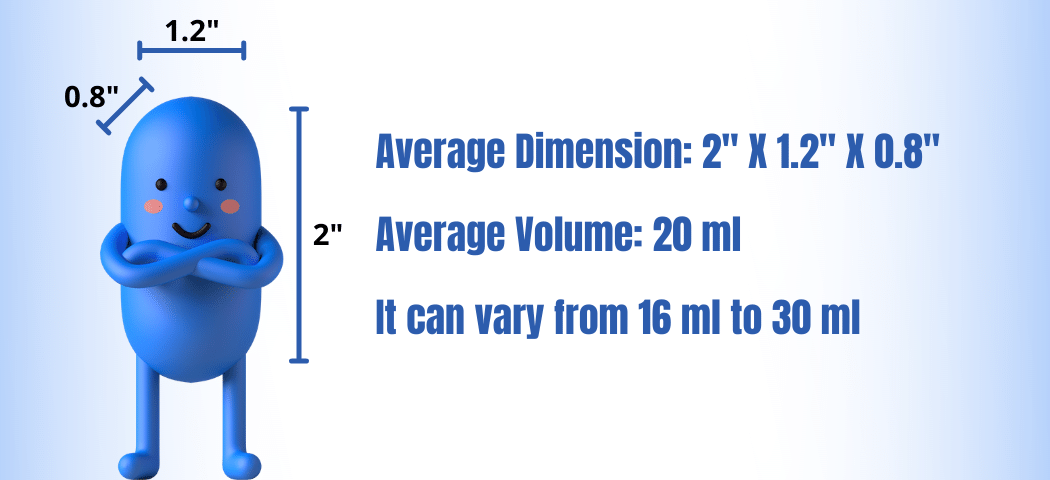
Their general size is approximately 2 inches long, 0.8 inches wide, and 1.2 inches deep. To make it simpler, let’s just talk about the actual volume here, which averages 20 ml. But it also varies from 16 ml to 30 ml.
It’s important to note that the scrotum size and testicle size are two very different things. The scrotum is flexible, and like a testicle, its volume also can vary from one man to another. It can be as large as 100 ml and as small as 50 ml. The scrotum’s overall shape also differs from man to man.
How Many Balls?
Most men have two balls, so they’re all very much alike in that way. But you may be surprised to know that some men have only one! This condition is known as monorchism. Some people are born with only one testicle naturally. However, it’s not a medical condition, and one-testicle men are fully potent and capable of reproduction unless there is any other complexity.
You might be even more surprised to know that having more than two testicles is also possible, known as polyorchidism. Though very rare, the condition is not a disease and does not necessarily present any health problem.
Are Your Testicles Still Growing?
Once someone reaches adulthood, the testicle is fully grown, and the size should not be changed. If you happen to notice any expansion in the overall size of your testicles, be sure to discuss it with your doctor. Once you have reached adulthood, your overall testicle size should be fixed. If your testicles start growing after puberty, it could indicate testicular disease or some other medical issue, not a sign of increased virility. So whatever the size of someone’s balls, large or small, it would be decided in his adolescence, and not after that. However, men may become more low-hanging with age.
When Testicles Stop Developing?
All men’s testicles are approximately one milliliter in volume at birth, and they generally remain that size until they begin to grow around eight years old. At that time, they’ll be growing until they reach their adult size during pubescence. Both the testicle typically develop at the same rate. However, one could become marginally larger and even a bit longer than the other.
Hair will begin growing around the genitals and on the scrotum during puberty. Usually, you might end up having hair down there until you reach your mid-twenties.
Giant Balls? No Bad News
Let’s face it; most men are thrilled if they’ve been blessed with a big penis. On the other hand, they remain confused about giant balls and don’t welcome huge nuts quite so much. Many people have giant balls naturally, and there is nothing to be worried about.
There are some benefits of having large testicles, including higher sperm production, testosterone secretion, and more libido. So, if you discover your testicle is the size of a tennis ball from your teenage times and has no other side effects, you are pretty OK.
Well, you are welcome to read the article ‘Having Big Testicles, The Upside, and The Downside‘ – there are some quite interesting facts!
My Testicle Is The Size Of A Tennis Ball – Normal?
When somebody says that you have massive balls, you could grant it as a compliment that indicates how macho or “ballsy” you are. Not so much, though, if you actually do have them. It’s an odd display of bulge in sportswear or a swimming costume.
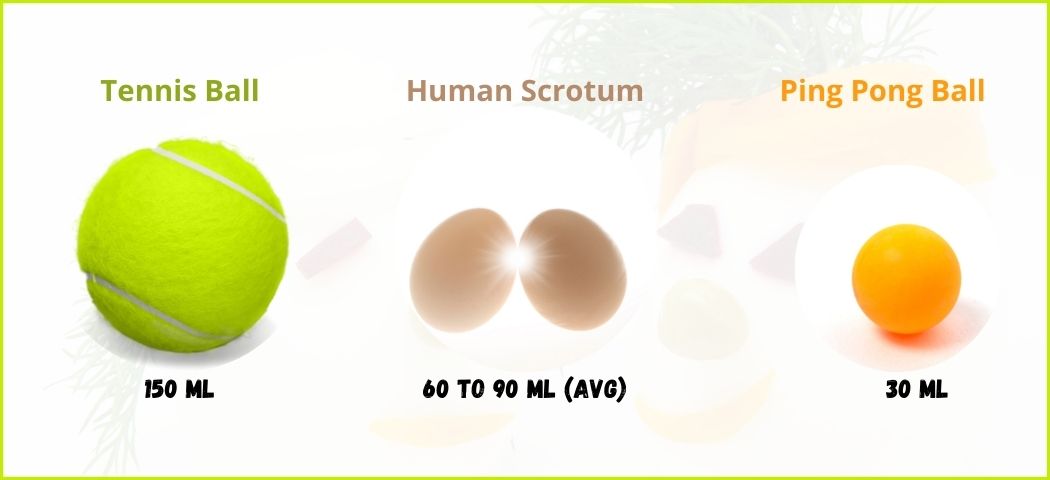
My testicle is the size of a tennis ball – am I normal? Probably yes if you get the giant nuts since puberty. Getting a sack of 100 ml volume is quite common, while a tennis ball volume is 150 ml. A ‘tennis ball testicle’ is much bigger than average, so uncommon but pretty normal.
Still, any quick change in size & shape of adult men’s balls is alarming. If your balls have swollen to the size of a tennis ball suddenly, you should immediately consult your physician.
The Upside of Small Testicles
One interesting recent study found that somewhat smaller testicles could be associated with fathers who displayed more sustaining qualities in their paternal roles. In effect, their diminished testicle volume and testosterone levels were directly related to higher fatherly care levels. That could mean that the less manly and macho you happen to be, the more caring you’ll be as a father.
But, when testicles are either too big or too small, they can both be a bit concerning. It’s essential to get them checked by your physician to see if there is an underlying condition causing the size differential.
Does Testicle Size Affect Sexual Satisfaction?
Researchers found that larger testicle size negatively impacts sexual satisfaction, and this is the worst news for men with big balls. New research says that their sexual pleasure is less than those who have smaller balls.
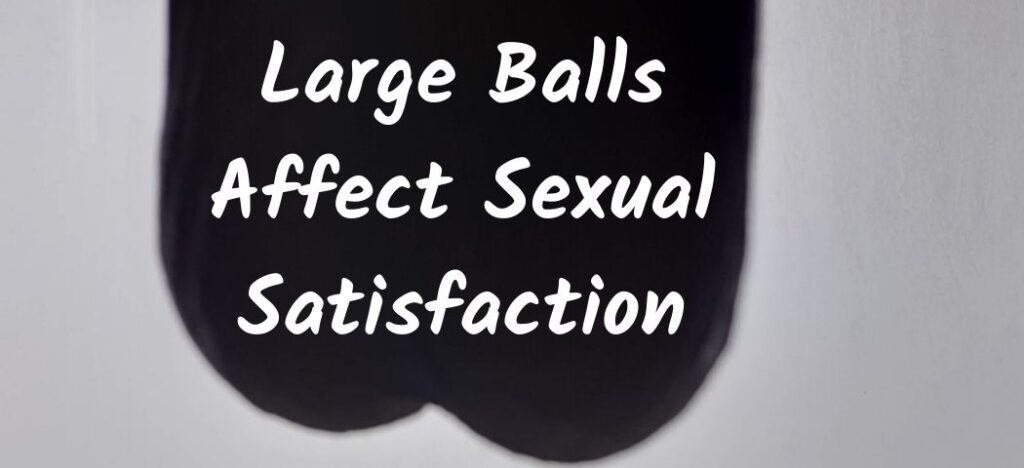
The researchers were surprised by their findings and had been looking for explanations as to why this might be the case.
One possible explanation is that larger testicles are related to higher levels of testosterone, which has been shown to affect sexual function and satisfaction negatively.
Another possibility is that these men with bigger balls may have more sperm than those with smaller balls but less intense orgasms due to lower dopamine levels in the brain, which causes a decrease in sensitivity during orgasm.
Testosterone & Sperm Studies
Creating testosterone and sperm can occur within a wide range of testicular volume numbers. Several studies have found that larger testicles are often associated with much higher testosterone levels, whereas small testicular size means diminished production of sperm.
However, further studies have shown that size really isn’t an issue because table-tennis-ball-sized testicles tend to be just as effective as tennis-ball-sized testicles.
Testosterone levels can become concerning for men with a medical condition, like Klinefelter disorder, for example. This condition occurs due to an extra X chromosome, and the condition’s side effects can include undescended or just smaller testicles.
Some female attributes may be present, as well, with this condition, including breast tissue development or less facial and body and facial hair. Men who have this disorder have lower testosterone levels and sperm count that are markedly decreased, resulting in infertility.
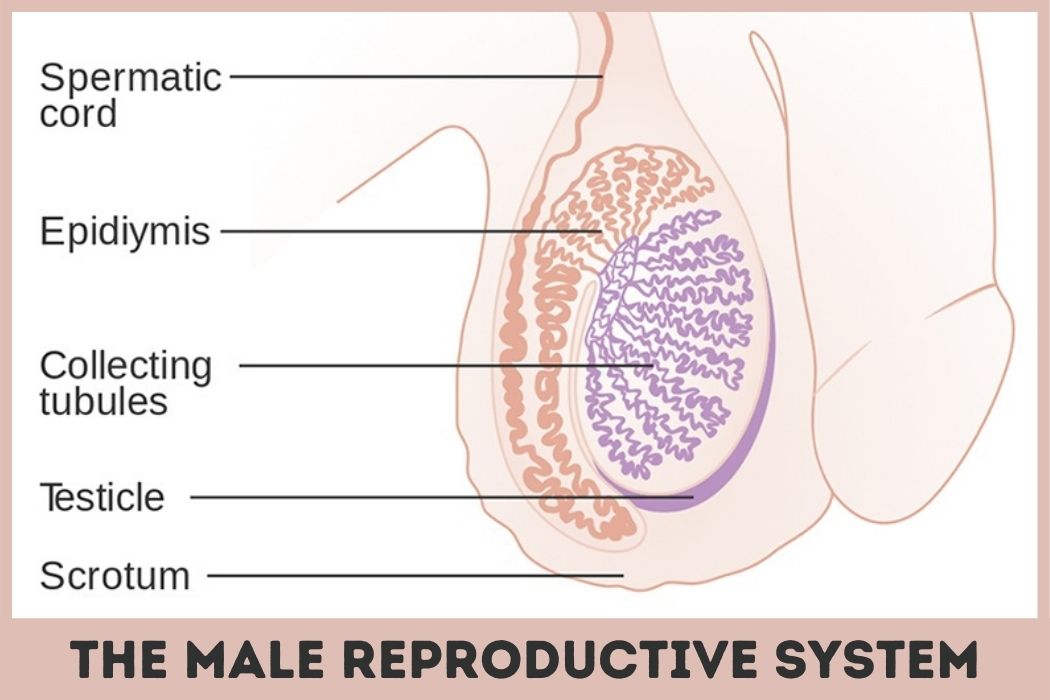
About Hypogonadism
Deficient testosterone levels have a clinical term, and it is “hypogonadism,” which can sometimes begin during adolescence and is generally treated via testosterone-substitution treatment. The side effects of this condition often include one or more of the following:
- Breast tissue development
- Less facial or body hair than most men (Please note, however, that less body hair in men can be perfectly normal and doesn’t always indicate any kind of a problem)
- Smaller than-normal testicles
- Other signs, such as those resulting from Klinefelter condition
Does Testosterone Production Slow With Age?
As almost all men age, testosterone creation ends and generally drops as the testicles may become slightly smaller. This is a normal phenomenon that’s known as testicular decay. As a general rule, the change is steady and not even noticeable while also not posing any health danger. The lower testosterone levels could result in smaller testicular size and decreased sexual desire but are generally just a normal part of aging. On the other hand, there are a few medical issues that can cause earlier testicular decay, including:
- Sexually transmitted diseases (STDs), like syphilis or gonorrhea,
- Other conditions, like tuberculosis, mumps, or viral contaminations,
- Serious injury to the testicles
Is it OK for One Testicle To Be Smaller Than the Other?
This is a ubiquitous question, and, yes, it’s perfectly normal for one testicle to be a little bigger than the other. In fact, there’s no health or even a clinical clarification for distinction in size.
However, if you happen to notice a sudden change in the size or overall condition of one or both testicles, you should definitely discuss it with your doctor. And, if one testicle starts feeling heavier, different in shape, or has a bump, it could possibly indicate a tumor or an early indication of testicular malignancy. This type of growth can usually be treated quite effectively, but early testing is crucial.
Do you know about a testicular twist? In general, it’s a testicular rotation by twisting the spermatic cord. The spermatic vein brings blood to the testicles. Spermatic rope curvature can expand and cause severe pain, thereby requiring immediate treatment. Any cancerous testicular growth and a testicular twist should be treated immediately after being
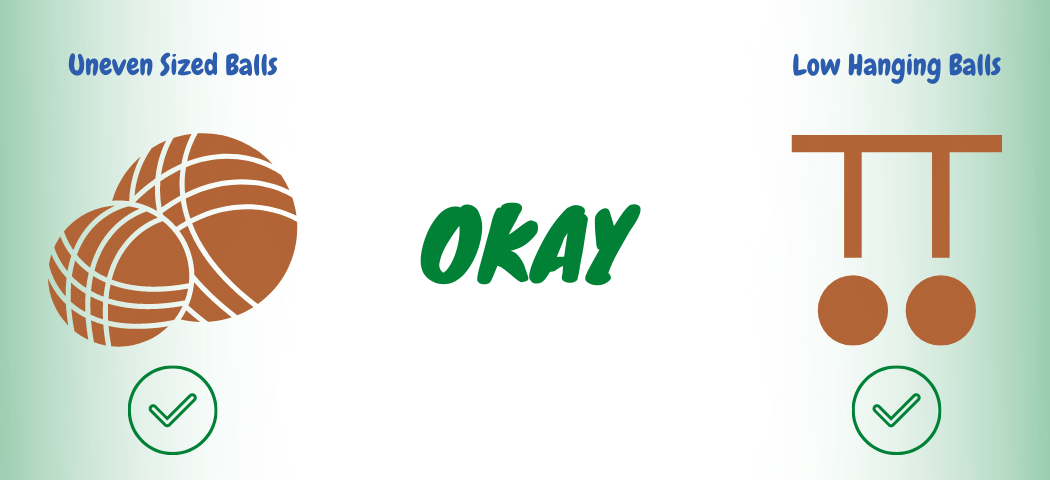
About Low-Hanging Scrotums
Naturally, some men just naturally have lower-hanging scrotums than others. As I said before, they can vary in size and shape. Some could have really low-hanging stones. But nothing to be worried about it.
On the other hand, scrotums can become low-hanging during the summer months due to the hot climate. There is also a biological reason for it. Your scrotum’s function is to maintain an ideal temperature for sperm production, which is slightly lower than body temperature. For the same reason, you’ll find your stones shrinking during the winter.
Aging is another reason for what scrotum becomes low-hanging. Your bag starts losing its elasticity with age and comes lower due to the stones’ weight.
Related Post: My Balls Hang Low – Why?
Shrinkage caused by Cold Temps
Some other seemingly innocuous conditions could cause brief changes to the testicles and scrotum. Cold temps can cause the testicles to shrink but don’t have any effect on the dimensions. When exposed to either colder temperatures or cold water, the testicles often briefly withdraw to come closer to the body for warmth via the cremasteric muscle’s unique withdrawal system.
This occurs because the gonads prefer a continued and preferred temperature, which is ideal for sperm creation.
Testicle Care
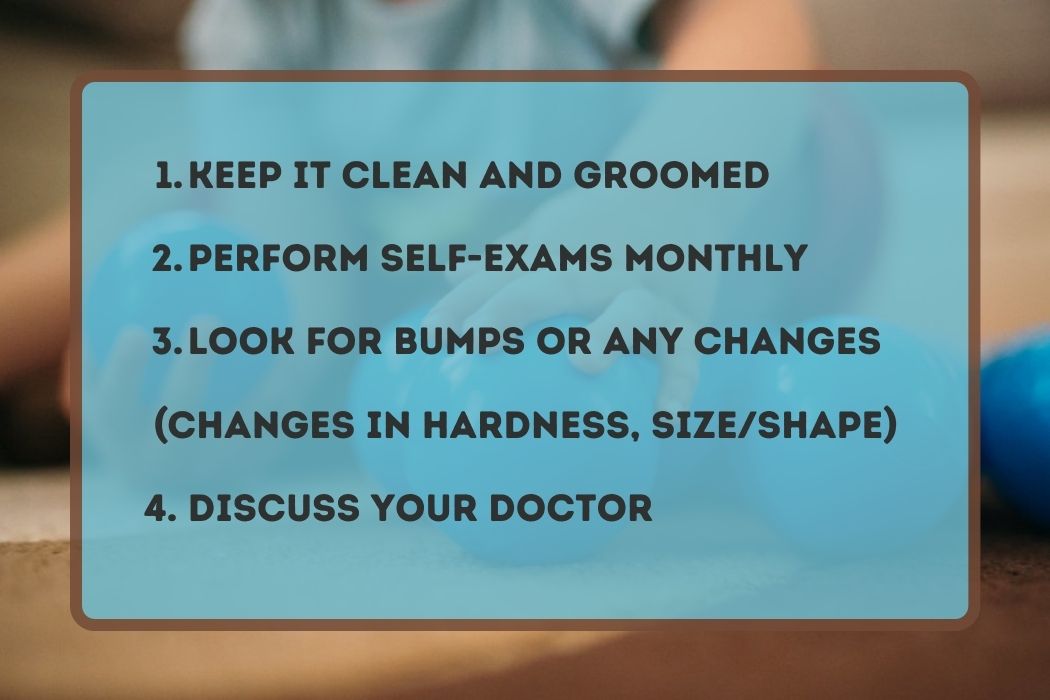
The testicle is the most valuable part of a man’s body, so they deserve good care. Regular daily care is nothing special but keeping them clean and groomed. An unclean scrotum can cause itching due to several infections.
Whatever your testicular dimensions may be, you should be performing monthly testicular self-exams to look for bumps or any changes that could indicate some sort of disorder.
A self-test can easily be performed right after taking a shower or before getting dressed in the morning. You can perform a self-test by merely rolling your testicles between your fingers and thumb, feeling for any adjustments in hardness, size, or shape.
Do this self-exam in front of a mirror, of course, so that you can see what you’re doing. If you should feel any pain during this exam or notice any growth, a knot, or other change, you should see your doctor about it asap since it could indicate a disease or an increase.
Discuss any testicular changes with your regular doctor or a urologist if you prefer. Please note that testicular cancer is not uncommon. If diagnosed in the early stage, it can be treated by surgical removal of the carcinogenic one. However, if caught early, the healthy testicle can usually be saved, and he should have no problem functioning with only one.
Wrapping Up
If you’re ever feeling like your testicles may be overly small, or you have any symptoms in that area that worry you, such as deficient sexual desire, by all means, proceed by talking to your doctor about it. The fact is that, in some cases, testosterone treatment can really help.
Similarly, if you feel your balls are swelling abnormally, or there you notice any uncomfortableness, this could be a medical issue, seek your doctor’s help.
Other than that, you should not worry about the size. Of course, the overall health of your genitalia should be a much higher priority than just organ size.

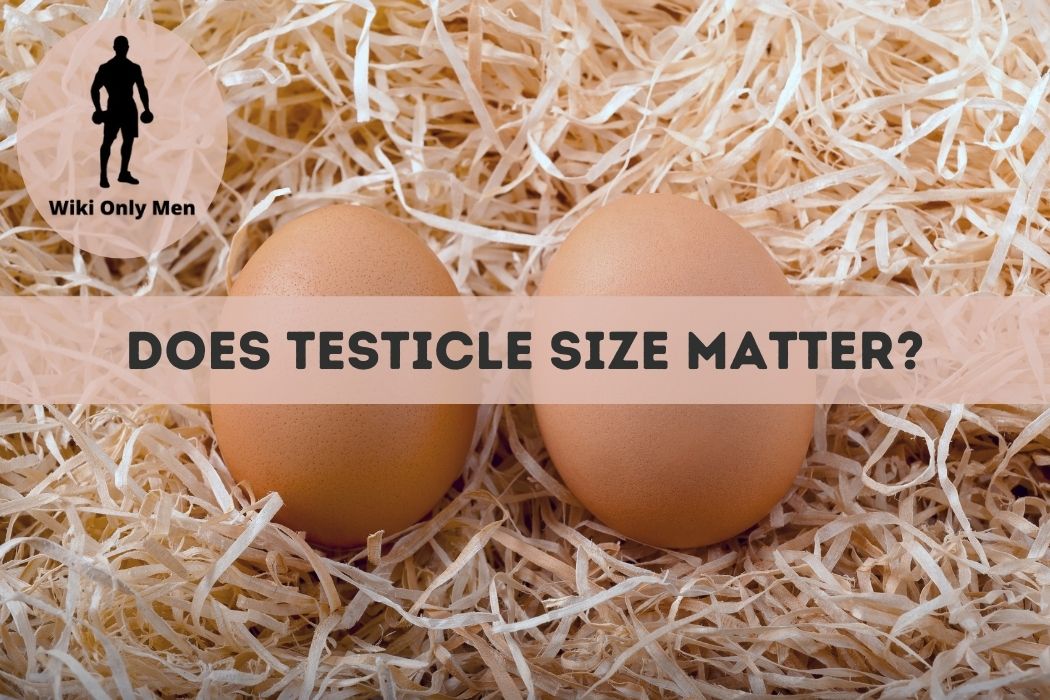

The general volume of a testicle is 18-20 ml as you also write. A ping pong ball has a volume of 30 ml so a testicle of that size is not small but quite large. It gets a little tricky to compare testicles in tennis ball size and ping pong ball size when most men have a testicle that is the size of walnut.
Gives a little wrong signals to men who read the article.
Sincerely
Dr. Pete Andersson
Hi Pete, I compared the ball-sack (scrotum) size, with TT and Tennis balls. The average scrotum volume is 60-90 ml, whereas a single testicle is 18-20 ml. I hope now you get it clear!
👍